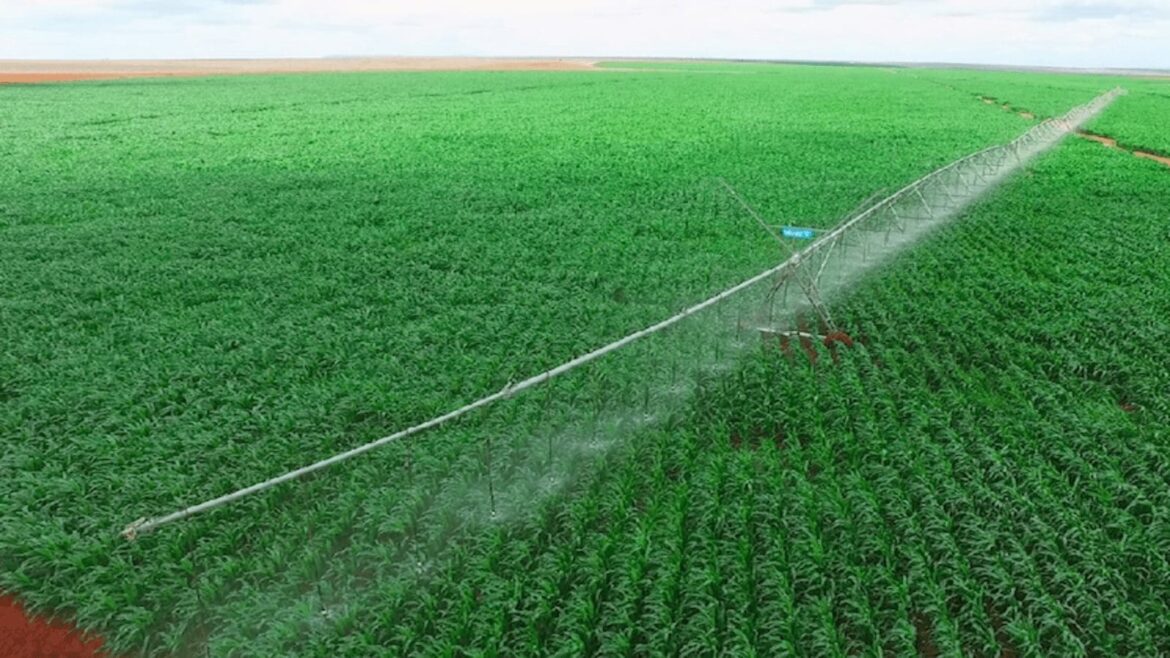MOROCCO – Morocco has strengthened its drive to modernize irrigation systems as the government finalizes a new financing agreement with Japan to support hydro-agricultural development in the southeastern area of the Gharb plain.
The initiative comes at a time when the agricultural sector, responsible for around 10% of national GDP, continues to face the impact of recurrent drought conditions experienced since 2019.
According to information reported by La Vie Éco, a loan of 64.6 billion yen (US$346.7 million) has been negotiated to advance the project.
The agreement was signed on November 20 in Rabat by the Ministry of Budget, the Japanese Embassy, and the Japan International Cooperation Agency (JICA).
This partnership reinforces longstanding cooperation between Morocco and Japan in the development of irrigation and rural water infrastructure.
The project focuses on extending irrigation to 30,000 hectares using water supplied by the Al Wahda Dam, the country’s second-largest reservoir.
Authorities indicate that the plan will prioritize water-saving irrigation systems, particularly drip irrigation, to enhance water management and maximize the efficiency of available resources. These measures aim to stabilize and sustainably increase agricultural output in one of the country’s most productive farming regions.
Irrigated agriculture plays a central role in the Kingdom’s food production and export capacity. Official data shows that irrigated areas account for roughly 45% of agricultural added value, 75% of farm export volumes, and 86% of industrial crop production.
Maintaining the performance of this segment is therefore essential for the broader agri-food economy, especially as rainfall becomes more unpredictable.
The new Japanese funding also aligns with national objectives set out for the 2025/2026 agricultural campaign, officially launched on November 14.
According to the Ministry of Agriculture, this campaign places strong emphasis on strengthening cereal and pulse production following several below-average rainfall seasons. Authorities plan to cultivate over 4 million hectares with these crops, supported by expanded use of supplemental irrigation, improved certified seed distribution, and targeted fertilization programs.
Recent data from the Ministry indicates that Morocco aims to raise the adoption of certified seeds beyond the 2.1 million quintals used in the previous season, while also increasing fertilizer availability to stabilize yields under dry conditions.
The government has reiterated that supplemental irrigation will be a central tool for sustaining output, with the national program targeting 1 million hectares of irrigated cereals by 2030.
Sign up to HERE receive our email newsletters with the latest news and insights from Africa and around the world, and follow us on our WhatsApp channel for updates.


AloJapan.com